 ATLAS Institute Today we are joined in the studio with Mark Gross of the Alliance for Technology, Learning and Society institute at CU and Alicia Gibb Director of The Blow Things Up Lab, one of the spaces part of the ATLAS department.
ATLAS Institute Today we are joined in the studio with Mark Gross of the Alliance for Technology, Learning and Society institute at CU and Alicia Gibb Director of The Blow Things Up Lab, one of the spaces part of the ATLAS department.
ATLAS was formed in 1997 as a university wide initiative to integrate information technology into social endeavour.
ATLAS events: http://atlas.colorado.edu/wordpress/?page_id=99
BTU Lab: http://www.btulab.com/about
Firefighters and Climate Change Snowy frigid weather here in February may put wildfires way on the back burner for many of us here in Colorado. But as fire managers have been telling us, wildfire season has become a year-round phenomenon.
In the last decade or so wildfires have been getting more intense, and more dangerous, and more frequent. No one knows this better than the firefighters themselves. Climate change—making the region hotter and drier—has a lot to do with it. But so does fire management—namely, fire suppression over recent decades. And humans living in houses in the so-called wildland-urban interface is another culprit. A new documentary that will be screened in Boulder this week documents the changes taking place with wildfires and the impact they’re having. The film is called “Unacceptable Risk: Firefighters on the Front Lines of Climate Change.” One of the film’s creators, journalist Dan Glick, joins us in the studio. Dan was also the science editor of the National Climate Assessment that came out last year. Our other guest is Don Whittemore, a long-time firefighter. He was incident commander on the massive Fourmile Canyon Fire of September 2010.
More about the film can be found at unacceptableriskfilm.org.
Hosts: Kendra Krueger and Susan Moran
Executive Producer, Producer and Engineer: Kendra Krueger
Additional Contributions: Beth Bennett and Jane Palmer
Listen here:
Podcast: Play in new window | Download (Duration: 18:31 — 17.0MB)
Subscribe: RSS

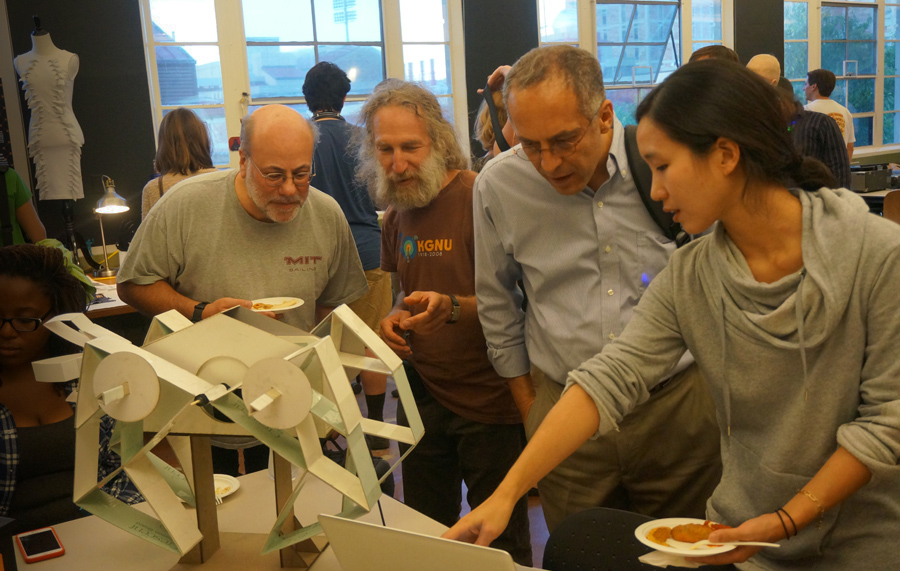



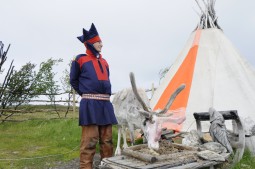





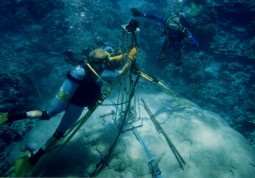
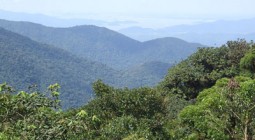
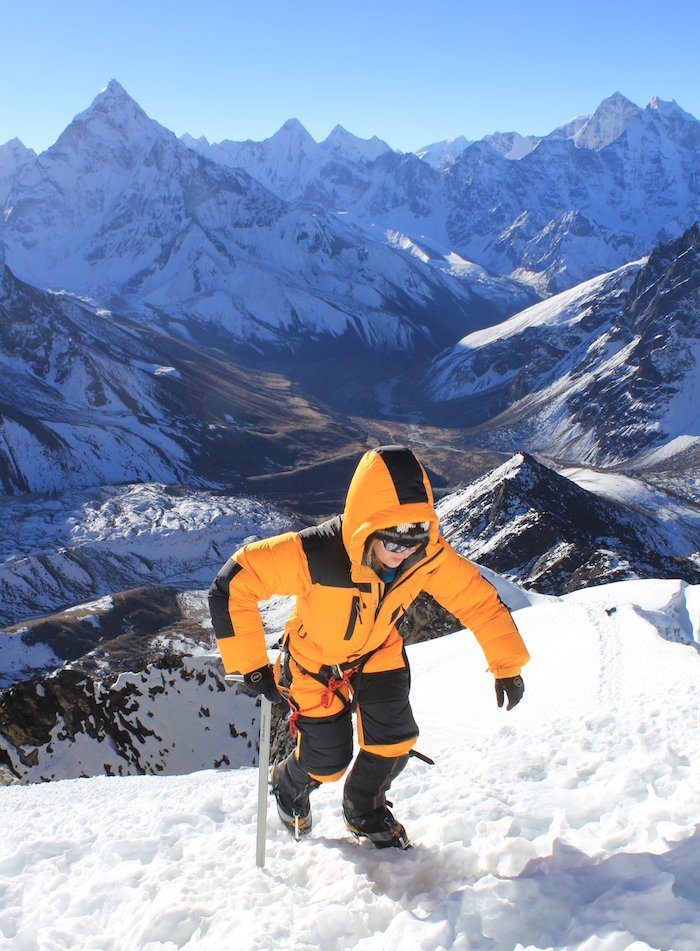
 Himalayan Glacial Lakes (starts at 5:20) Some scientists conduct their experiments in a laboratory — think clean white walls, artificial lighting, A.C. and a convenient coffee pot not far away. Not so for Ulyana Horodyskyj, a graduate student at the University of Colorado. For the last few years she’s been looking at glaciers and the lakes on top of them in Nepal. Last year she spent a year looking at how pollution affects glaciers high in the Himalayan Mountains. She hoped to set up the ultimate high-altitude laboratory on the oxygen-thin slopes of Mount Everest, but a fatal accident intervened. On this edition of How on Earth, she talks about her latest research, Himalayan glaciers and what it is like to do science at the top of the world.
Himalayan Glacial Lakes (starts at 5:20) Some scientists conduct their experiments in a laboratory — think clean white walls, artificial lighting, A.C. and a convenient coffee pot not far away. Not so for Ulyana Horodyskyj, a graduate student at the University of Colorado. For the last few years she’s been looking at glaciers and the lakes on top of them in Nepal. Last year she spent a year looking at how pollution affects glaciers high in the Himalayan Mountains. She hoped to set up the ultimate high-altitude laboratory on the oxygen-thin slopes of Mount Everest, but a fatal accident intervened. On this edition of How on Earth, she talks about her latest research, Himalayan glaciers and what it is like to do science at the top of the world.
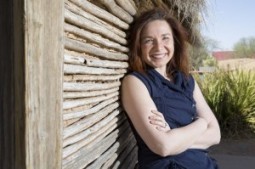
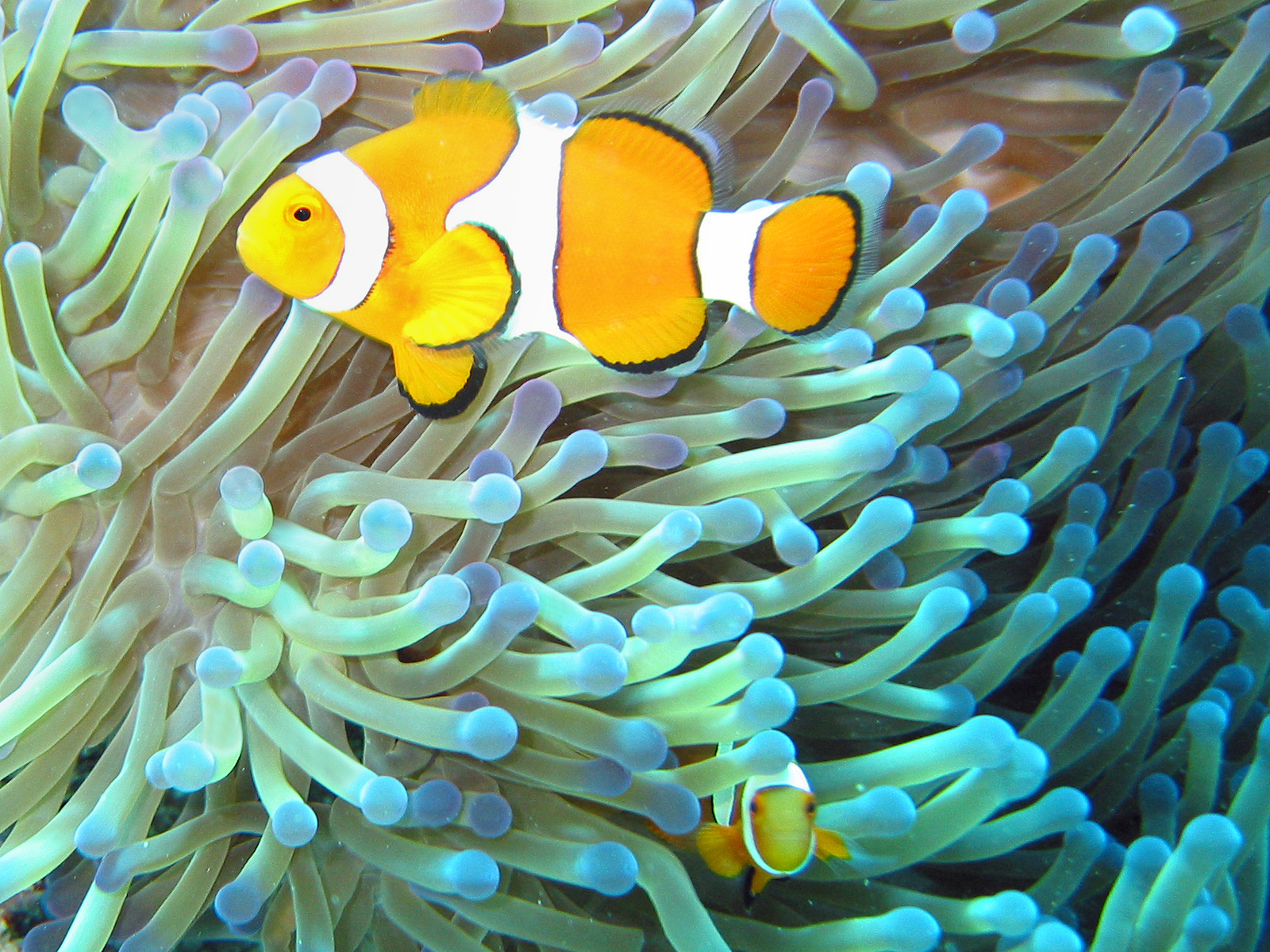

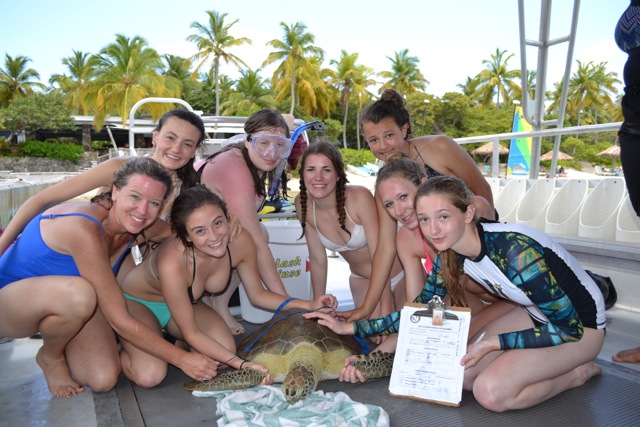
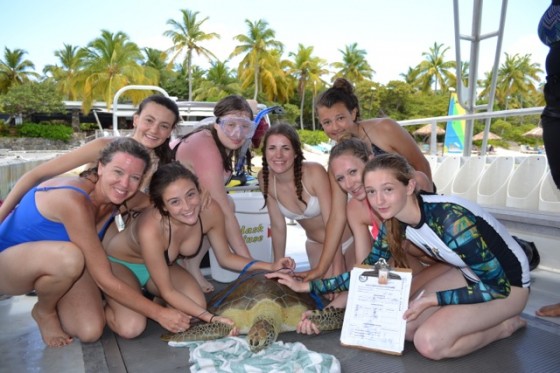
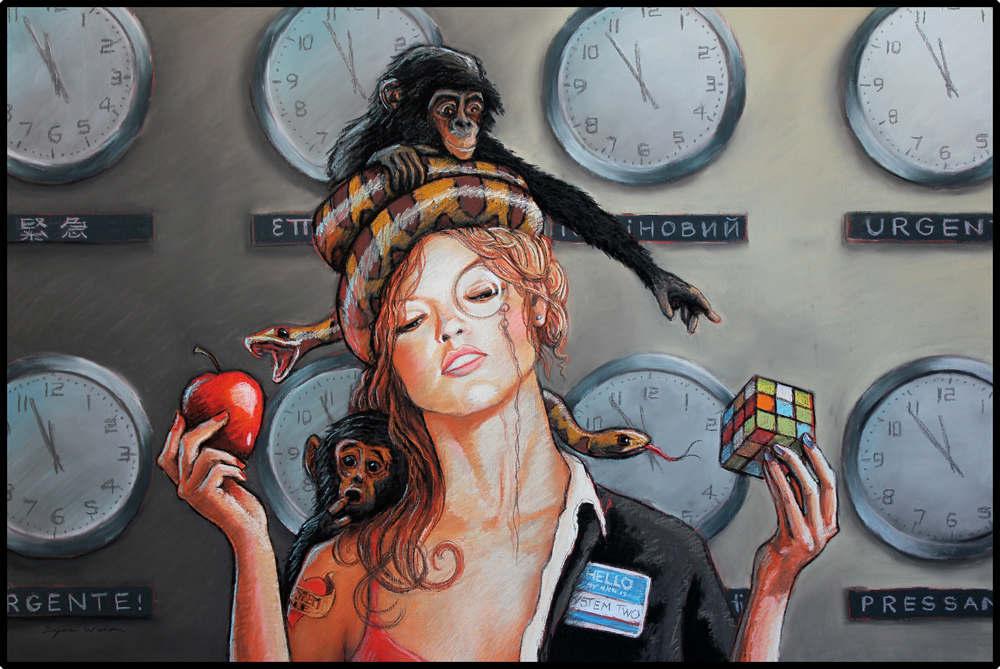
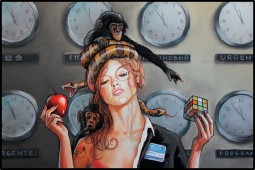 Gold Lab Symposium (starts at 3:42): Biotech entrepreneur
Gold Lab Symposium (starts at 3:42): Biotech entrepreneur 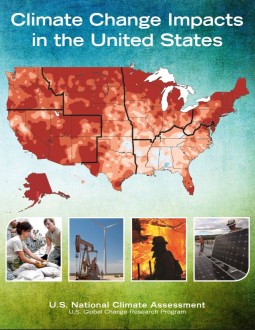 U.S. Climate Change Report (starts at 11:50) The
U.S. Climate Change Report (starts at 11:50) The 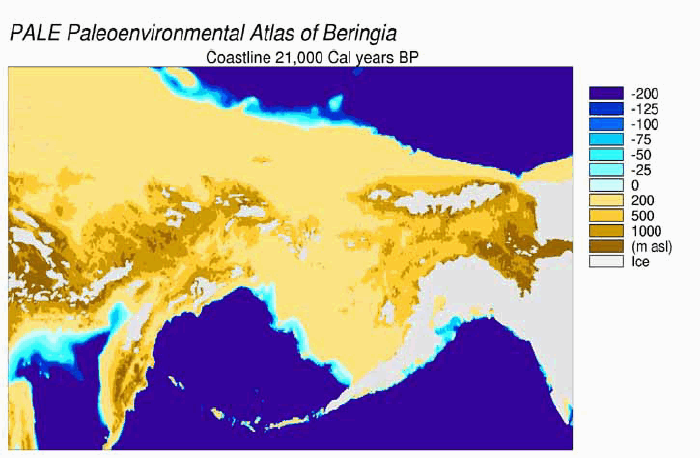

 Her quest to learn whether dolphins have language, and to learn that language, is notable for its longevity. But her relationship with them is remarkably respectful, too. We last
Her quest to learn whether dolphins have language, and to learn that language, is notable for its longevity. But her relationship with them is remarkably respectful, too. We last 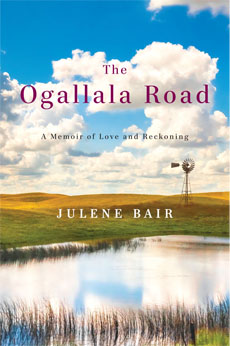 The Ogallala Road (start time 15:15). We often hear about how the Colorado River is running dry. The Western states that rely on its flowing water are struggling to reckon with how its depleting reservoirs will satiate growing populations. You’ve probably seen images of the white “bathrub rings” at Lake Powell and Lake Mead that expose the water line rings of years ago. But there’s an equally dramatic and dangerous drop in an invisible source of water. That’s the
The Ogallala Road (start time 15:15). We often hear about how the Colorado River is running dry. The Western states that rely on its flowing water are struggling to reckon with how its depleting reservoirs will satiate growing populations. You’ve probably seen images of the white “bathrub rings” at Lake Powell and Lake Mead that expose the water line rings of years ago. But there’s an equally dramatic and dangerous drop in an invisible source of water. That’s the